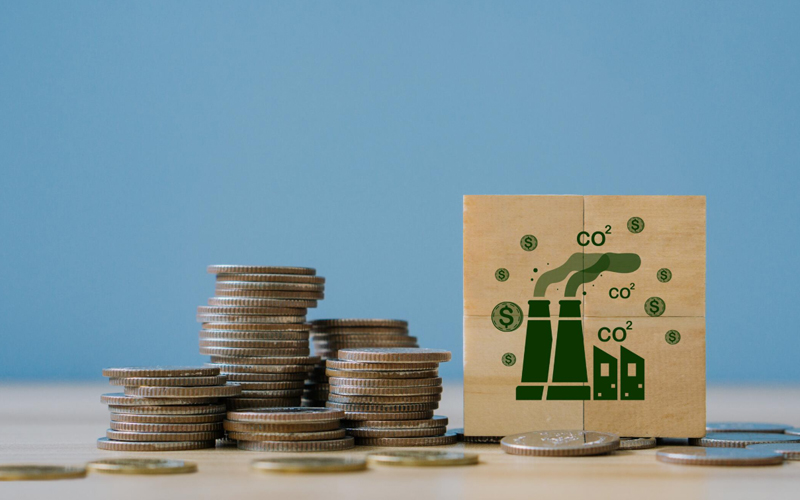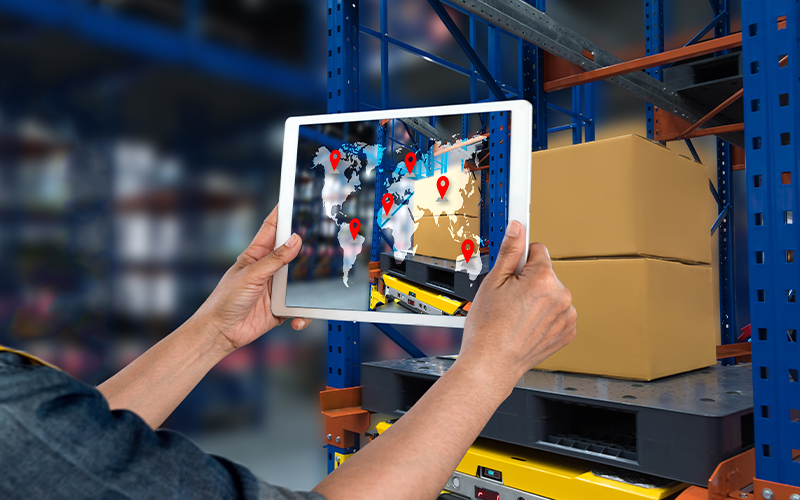As organizations strive to meet global sustainability targets, green procurement has emerged as a linchpin for corporate and governmental strategies to reduce environmental impact. In 2024, companies have already made significant progress in incorporating eco-friendly practices into their procurement strategies. However, 2025 is expected to bring in more aggressive goals, stricter regulations, and innovative changes to help drive a greener future.
This article outlines the key changes in green procurement goals for 2025 and highlights notable differences compared to 2024.
- Strengthened Regulatory Frameworks
- Expanded Scope 3 Targets: Organizations are likely to face mandatory reporting on indirect emissions related to procurement. Suppliers will need to demonstrate measurable emissions reductions.
- Circular Economy Mandates: Governments are expected to enforce procurement practices that prioritize reuse, recycling, and waste minimization in supply chains.
- Industries such as construction, electronics, and textiles will be particularly affected by new green procurement legislation that penalizes unsustainable practices.
- Increased Adoption of Sustainable Technologies
- Track sustainable procurement metrics in real time.
- Verify supplier certifications for green standards, reducing fraud in reporting.
- Improve energy-efficient sourcing by utilizing predictive analytics to optimize suppliers with lower carbon footprints.
- Supplier Collaboration and Green Partnerships
- Companies will fund sustainability initiatives for smaller suppliers to boost their green compliance.
- Green procurement will emphasize co-innovation, encouraging suppliers and buyers to co-develop sustainable solutions (e.g., eco-friendly packaging and alternative raw materials).
- Companies will explore regional procurement to reduce emissions associated with long-distance logistics.
- Enhanced Focus on Circularity and Waste Reduction
- Product Lifecycle Assessments (LCAs) to evaluate sustainability across a product’s journey.
- Procuring materials that are recyclable or biodegradable.
- Setting goals to adopt zero-waste procurement models, particularly in industries with high material consumption (e.g., automotive, and manufacturing).
- Quantifiable and Time-Bound Goals
- Companies will set specific goals, such as sourcing 70% of materials from certified green suppliers or achieving a 50% reduction in procurement-related emissions by year-end.
- Carbon reduction targets will align more closely with science-based targets (SBTs) to ensure accountability.
- Enhanced public reporting will allow stakeholders to monitor progress more transparently.
2024 Overview: In 2024, businesses began aligning with mandatory sustainability reporting requirements under frameworks, such as the European Corporate Sustainability Reporting Directive (CSRD) and country-specific carbon reduction laws. These standards encouraged companies to document their Scope 1, 2, and 3 emissions but often left gaps in actionable procurement mandates.
What’s Changing in 2025: By 2025, regulatory pressure will intensify:
Takeaway: Companies must anticipate stricter supplier audits and prioritize transparency in their procurement processes to remain compliant.
2024 Overview: In 2024, many organizations embraced carbon accounting software and supplier emissions-tracking tools to measure procurement-related sustainability. However, implementation has been gradual, and interoperability between systems remained a challenge.
What’s Changing in 2025: In 2025, we expect an acceleration in the use of AI-driven sourcing tools and blockchain technology to:
Moreover, innovations in digital twins will allow procurement teams to simulate supply chain decisions for environmental impact before execution.
Takeaway: Going forward, technology will play a transformative role in identifying, measuring, and improving green procurement across industries.
2024 Overview: In 2024, larger corporations began engaging suppliers through green scorecards and sustainability benchmarks. However, smaller suppliers often struggled with meeting these expectations due to limited resources.
What’s Changing in 2025: The focus will shift toward collaborative partnerships:
Takeaway: Supplier enablement will move from mere compliance to active collaboration, helping to bridge the resource gap in green procurement.
2024 Overview: While 2024 saw the rise of recyclable packaging and waste-reduction targets, implementation often remained siloed, lacking an integrated circular approach.
What’s Changing in 2025: Organizations will pursue holistic circular procurement strategies that focus on:
Takeaway: Circularity will become a cornerstone of procurement goals in 2025, with companies striving to close material loops and reduce waste impact.
2024 Overview: In 2024, companies set broad and often aspirational sustainability goals, such as reducing emissions or adopting greener materials. However, there was a lack of granular, measurable milestones.
What’s Changing in 2025: Green procurement in 2025 will emphasize quantifiable metrics with shorter timelines:
Takeaway: 2025 will demand more precise and accountable sustainability targets, shifting from intentions to clear action plans.
Comparison Snapshot: 2024 vs. 2025
| Key Focus Area | 2024 | 2025 |
| Regulations | Emerging sustainability laws, voluntary Scope 3 reporting | Stricter mandates, mandatory Scope 3 reporting |
| Technology | Gradual adoption of carbon tracking tools | AI-driven sourcing, blockchain for supplier verification |
| Supplier Collaboration | Focus on compliance and scorecards | Co-funded green initiatives, co-innovation |
| Circularity | Recyclable packaging, basic waste goals | Holistic circular strategies and LCAs |
| Metrics | Broad sustainability targets | Measurable and time-bound goals |
Conclusion: A Greener, More Collaborative Future
While 2024 laid the foundation for sustainable procurement, 2025 will usher in a more dynamic, technology-driven, and collaborative approach to green procurement. Organizations will not only face greater regulatory demands but will also be encouraged to innovate and invest in greener supply chains.
For businesses, the message is clear: sustainability in procurement is no longer optional—it is a competitive and compliance necessity. As we move into 2025, organizations that embrace these changes will not only mitigate risks but also position themselves as leaders in a greener future.
Thus, companies should start evaluating their current procurement strategies, investing in sustainable technologies, and fostering stronger partnerships to stay ahead in the race to green.







